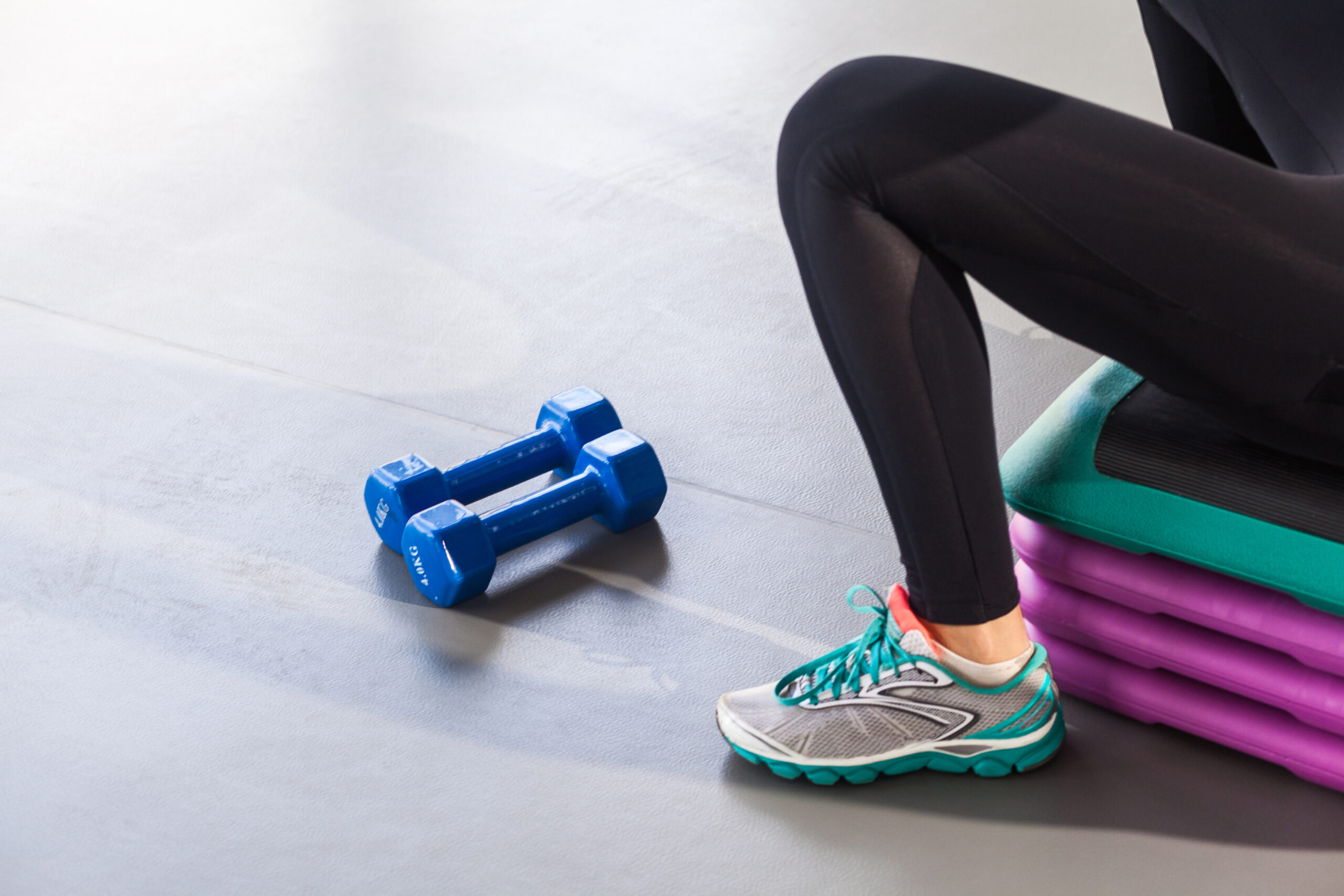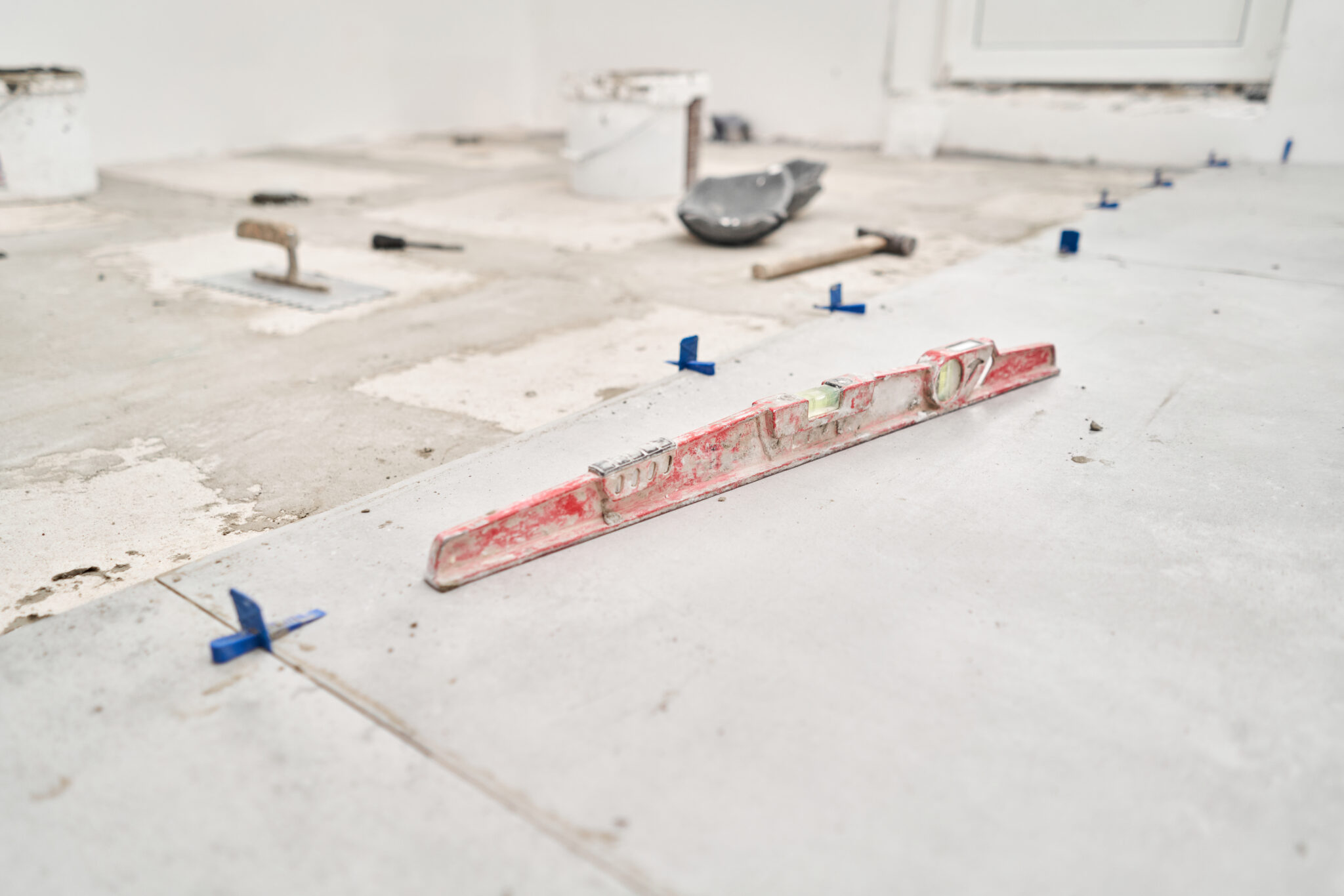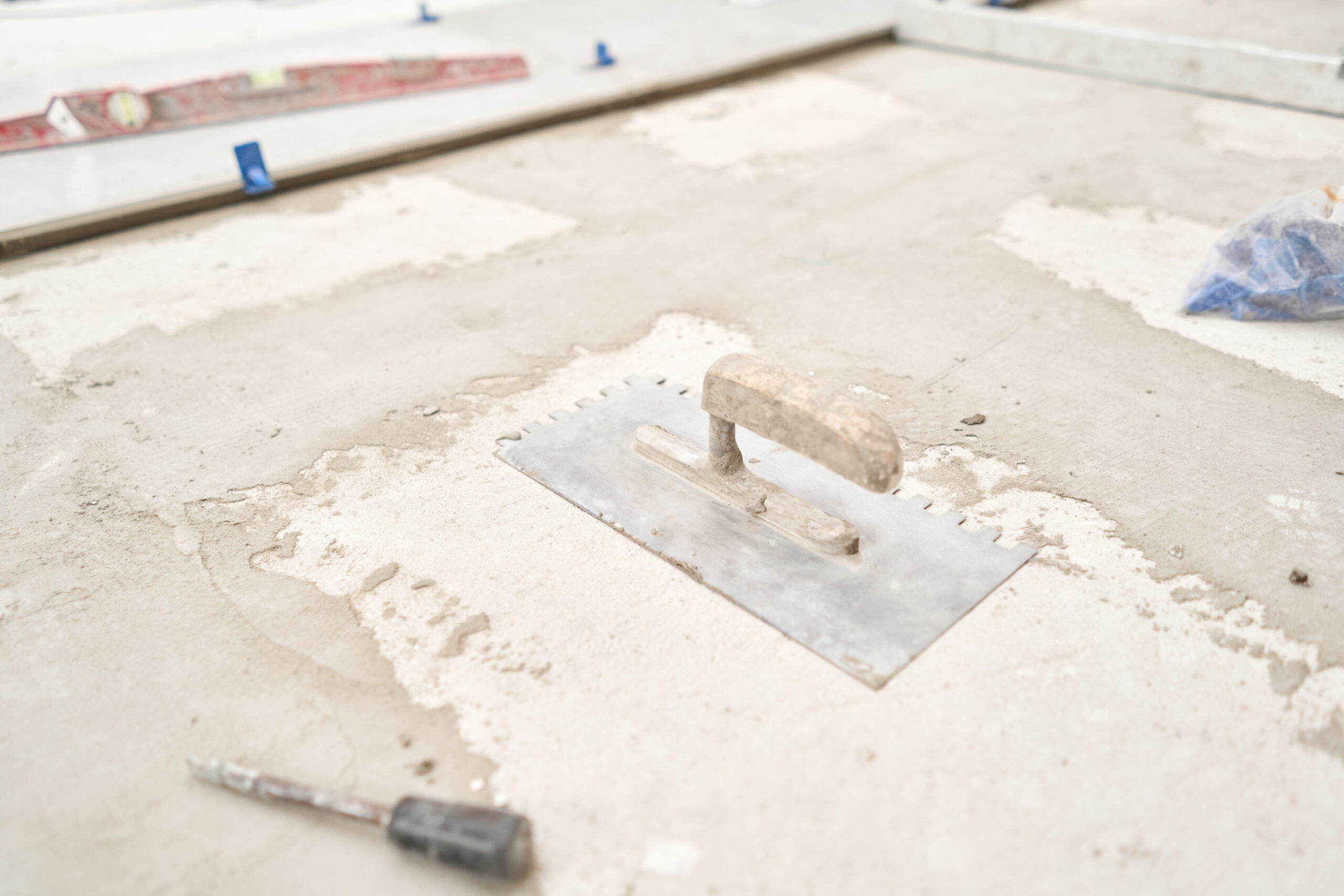

Installing cement board before installing tiles is essential for waterproofing the floor. Installing cement boards may seem like a daunting task, but this task is rather simple if you take your time and carefully follow the instructions. You will also learn how to use a thin mortar for laying tiles and for strengthening the floor.
Backer board, called support board, is a thin layer of concrete with fiberglass mesh on both sides. It is usually available in sheets of 3 feet by 5 feet and is used for most projects.
The cement board will prevent leaks and water damage to the structure of your home and the floor itself. Unlike wood or drywall, cement panels will not rot, deform, or be susceptible to mold when exposed to water. That is why they are used in permanent installations.
To install a cement board like a pro, it is important to plan its location. Make sure that the joints in your panel do not line up with those in the subfloor. Cover each area where a joint is present and shift their placements like bricks.
If necessary, you can cut the support panel to accommodate obstructions or small spaces. Mark it with a utility knife, then use a jigsaw with a carbide blade for smooth cuts. Use a chalk line to mark where the cement board will go on the subfloor.
Thin-film mortar dries slowly, allowing you to fix and readjust the panel. The ingredients of this type of mortar are cement, fine sand and a water retention agent. The smooth side of a 1/4 inch notched trowel is used to spread enough mortar. You then rake the thin layer with the notched edge, creating parallel lines in your mortar.

Insert a new screw every 6 to 8 inches into the cement board, at least 1/2 inch, but no more than 2 inches from the edge of each sheet.
Push the screws into the support panel until their heads are aligned with its surface.

Use the flat edge of your notched trowel to fill the gaps between the large leaves.
Smooth the mortar to a height of about 1 ½ inches on each side of the joint. This will facilitate installation of fiberglass tape.
Cut the fiberglass tape to length with the thin side of your trowel. Press it into place in the joint mortar, then scrape off any excess when done.
Spread a thin layer of mortar over the fiberglass tape with the flat side of your trowel or paint scraper.
It is tempting to start tiling right away, but it is important to wait until the mortar is completely fixed and dry. This process can take 24-48 hours before you start laying your tiles.
Fully bonded mortar means that your cement board will not bend, protecting both tiles and grout from cracks. If water seeps into the cracks in the basement of your floor, it will be retained by this connection between the cement panels and the subfloor.
Here are several tips to keep in mind when installing cement boards.